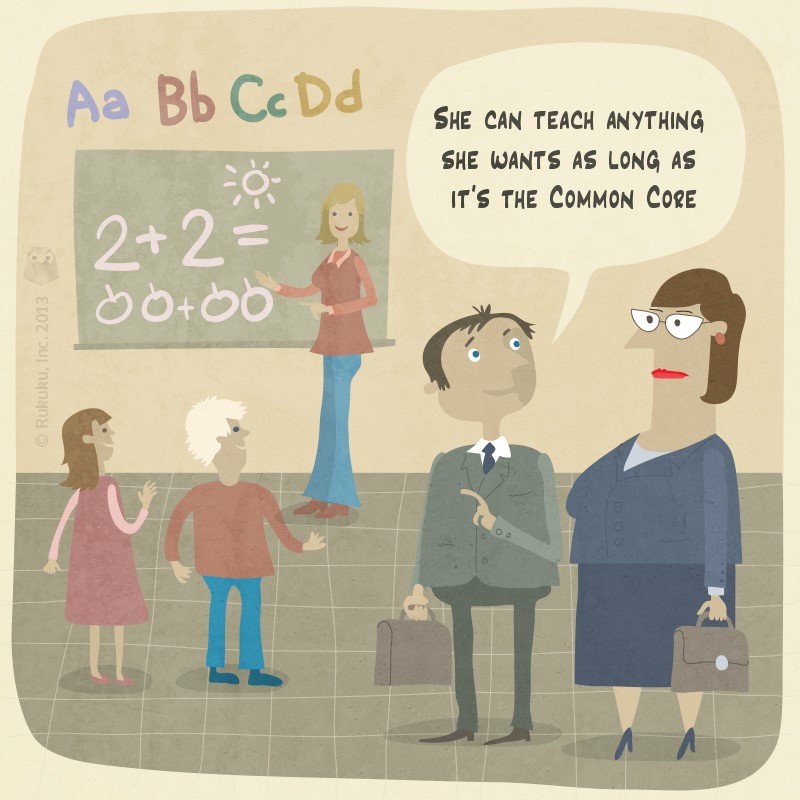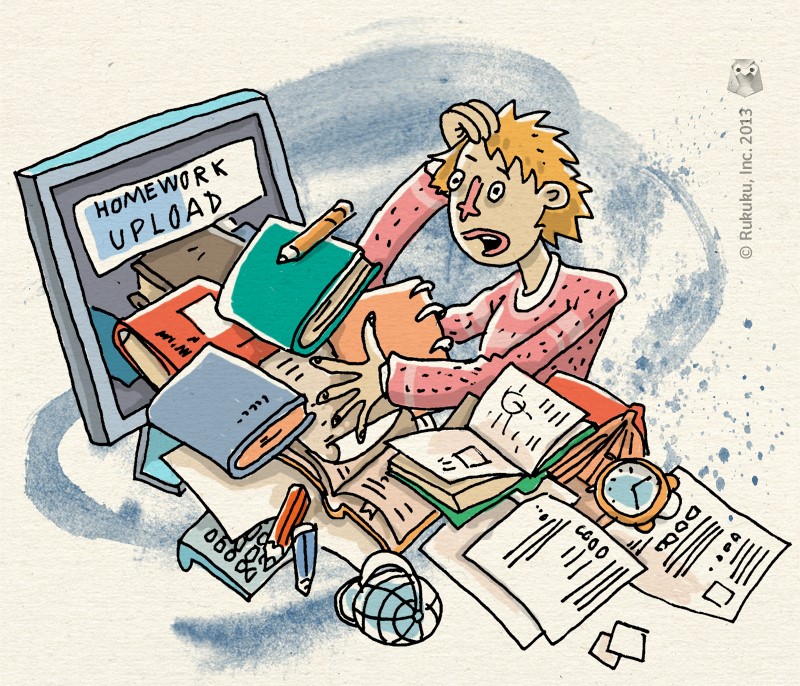Teaching is attracting better qualified candidates. That is the conclusion of a study by Dan Goldhaber and Joe Walch of the Center of Education Data and Research (CEDR). In this article published in the Winter 2014 issue of Education Next, Messrs. Goldhaber and Walch not only discuss the results of their research but also outline the historical trends that led to the initial decline in the academic qualifications of teachers.
The story goes something like this. A few decades ago, teaching was the most popular career choice for well-educated women. Then came the women’s liberation movement, and new opportunities in varying fields pulled qualified women away from teaching. The talent pool shrank, and academic qualifications for teachers overall fell.
To illustrate, the percentage of teaching candidates graduating in the top 10% of their high school class declined from 25% in 1964 to 11% in 2000. During the same time period, the percentage of teachers that scored in the lowest 60% in standardized testing increased from 32-35% to 42%. Check out that research here.
Then came No Child Left Behind, passed in 2001. The law put in several new requirements on teaching, like making teachers complete certain required courses or pass competency tests in the subject areas which they teach. NCLB also introduced a ton of new testing. Many predicted that the stricter requirements and emphasis on testing would deter qualified candidates from applying.
The research presented in the article, however, suggests the opposite trend. Teacher qualifications are improving. Unlike in the mid-1990s and early 2000s, graduates entering the teaching profession had slightly higher SAT test scores on average than peers entering other professions. Those teachers scored in the 50th percentile in 2008-09, compared to the 45th percentile and 42nd percentile for new teachers in 1993-94 and 2000-01 respectively.
New teachers also spend more time in school than in the past. The number of teachers holding master’s degrees increased from 47% to 51% from the 1987-88 school year to the 2007-08 year, and the percentage of prospective teachers formally training in graduate programs rather than undergraduate programs rose from around 45% in 1990 to 63% in 2010.
Can we take encouragement from these figures? Maybe. The numbers are somewhat outdated and may reflect tougher economics conditions rather than stronger interest among qualified applicants. Teaching could be a more attractive option only because it offers more security and more opportunities in a challenging job market. At the same time, these are long term trends and figures from 2008 would only reflect the very beginning of the financial crisis.
What do you think? What’s behind the rise in the number of qualified teachers? Please let us know in the comment section below.






